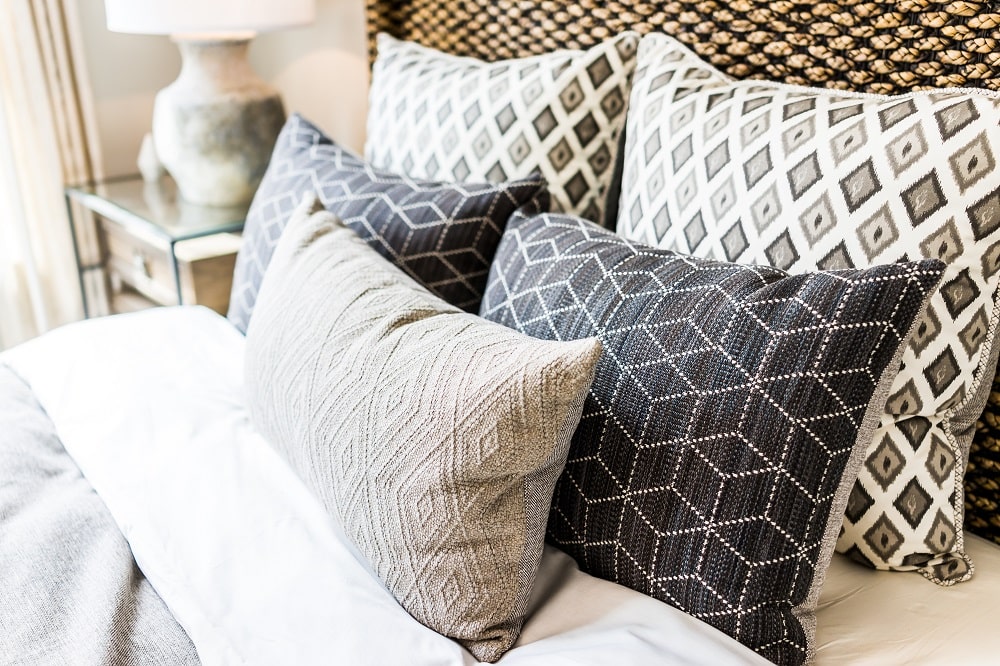Pillow covers are the cheapest way to update your home. They can help you make a space feel new or like it has been there for years. So how do you choose the right ones? Here are some things to remember before deciding which pillow covers suit your home best.
Pillow Cover Size
Pillow cover size is an important factor to consider before buying one. Pillows come in different sizes, so the pillow cover you choose should be the same size as the pillow itself. If you believe in a large decorative pillow but use a small, thin pillow case that doesn’t fit your new accent piece well, it will look unbalanced and awkward on your bed or couch.
Material
Pillow cover materials are available in various materials, including cotton, polyester, and bamboo. Cotton is soft and breathable, and durable enough to withstand repeated washing. Polyester is lightweight and wrinkle-resistant, while bamboo has the added benefit of being antibacterial and hypoallergenic. Silk is another popular material because it’s naturally hypoallergenic. At the same time, linen cases are ideal for those with sensitive skin or allergies to dust mites or pollen.
Design
The design is the easiest part of choosing a cover. Many colors and patterns are available, but it’s important not to get carried away with this step.
Here are some things to keep in mind:
- Make sure the pillow and the pillowcase work with each other. No matter how nice they look individually, they won’t work together if there isn’t a good match between them.
- Avoid bright colors or busy patterns (especially if you have children or are a light sleeper yourself.)
- Try something fancy for a grander look, like decorative throw pillow covers.
Construction Quality
Construction quality is important when selecting a pillow cover. A well-made, well-sewn pillow cover will last longer and look better for longer than one that’s poorly constructed. A good zipper that won’t come loose from the fabric over time is essential, as are other details like stitching or piping along the edges of your chosen design.
A practical design is also crucial because it can impact how much use you get out of your new pillows before you need to replace them again. For instance, if you don’t like having too much fabric on top of your head while sleeping at night, then avoid designs with excess material around their edges (like fringe).
Ease of Washing
Machine washable pillow covers are easier to maintain than those that can only be spot-cleaned or dry-cleaned. As long as your pillow is machine-washable—and most are—you can toss it in with your regular laundry loads without fear of ruining it. It is also easy to clean other dust mites and allergens from washable covers. This makes them more comfortable for people with allergies or asthma. Such people may feel better using an allergy-friendly pillow cover rather than one made entirely from natural materials like cotton or silk.
Affordability
This means that you need to have an idea as to what your budget is and then choose from the available options accordingly. Affordability is a relative term; it depends on the quality of the product and the material used. If a pillow cover costs less but has poor quality fabric, spending more money on something that will last longer, like decorative throw pillow covers without getting damaged or looking old too soon, would be better.
Conclusion
Having the right set of pillow covers can indeed make a huge difference in your home decor and the way you sleep. Let us know in the comments below if we have missed anything.

